

Articles
How To Store Hard Cheese
Modified: December 7, 2023
Learn the best techniques for storing hard cheese in this informative article. Find out how to preserve the flavor and texture of your favorite cheeses.
(Many of the links in this article redirect to a specific reviewed product. Your purchase of these products through affiliate links helps to generate commission for Storables.com, at no extra cost. Learn more)
Introduction
Hard cheese is a beloved culinary delight that adds depth and flavor to various dishes. From Parmesan and Cheddar to Gouda and Gruyere, hard cheeses come in a wide variety of flavors and textures. Properly storing hard cheese is essential to maintain its quality and extend its shelf life.
Have you ever wondered what factors influence the storage of hard cheese? How can you ensure that your favorite cheese stays fresh and flavorful for as long as possible?
In this article, we will delve into the world of hard cheese storage. We will explore the various factors that affect cheese storage, discuss the best storage conditions for hard cheese, and provide tips on how to prepare, wrap, and package hard cheese for optimal freshness. Whether you are a cheese connoisseur, an aspiring home cook, or simply a lover of all things cheese, this article is for you!
So, let’s dive in and discover the secrets to storing hard cheese and enjoying its delectable flavors to the fullest.
Key Takeaways:
- Properly storing hard cheese is crucial for maintaining its flavor and quality. Factors like temperature, humidity, and airflow play a significant role in creating the ideal storage environment.
- Whether in the refrigerator or at room temperature, wrapping, packaging, and choosing the right container are essential for preserving hard cheese. Long-term storage options like vacuum sealing and freezing can help extend the cheese’s shelf life.
Read more: How To Store Cheese Sauce
Understanding Hard Cheese
Before we delve into the intricacies of storing hard cheese, let’s take a moment to understand what exactly qualifies as a hard cheese. Hard cheese refers to cheese varieties that have been aged for a considerable period, resulting in a firm and dense texture. These cheeses are often aged for months or even years, allowing the flavors to develop and intensify.
Some popular examples of hard cheeses include Parmesan, Cheddar, Gouda, Swiss, and Pecorino Romano. These cheeses are known for their sharp, nutty, and complex flavors, making them a staple in many culinary creations.
Hard cheeses are typically made from cow’s, sheep’s, or goat’s milk. The cheese-making process involves coagulating the milk, separating the curds, and pressing them to remove excess moisture. The cheese is then aged, either through natural methods or by adding specific cultures and enzymes.
Due to their low moisture content and dense texture, hard cheeses have a longer shelf life compared to softer varieties. However, proper storage is crucial to preserve their quality and prevent spoilage.
Now that we have a better understanding of hard cheese let’s explore the factors that can impact its storage.
Factors Affecting Cheese Storage
When it comes to storing hard cheese, several factors can influence its quality, flavor, and shelf life. Understanding these factors will help you make informed decisions and ensure that your cheese stays fresh and delicious for as long as possible.
1. Temperature: Temperature plays a significant role in cheese storage. Hard cheese is best stored at a cool temperature, ideally between 35°F and 45°F (1.6°C and 7.2°C). This temperature range helps slow down the growth of bacteria and molds, prolonging the cheese’s shelf life.
2. Humidity: Humidity levels also impact cheese storage. Hard cheeses require a moderate humidity level, around 80% to 85%. Excessive humidity can lead to mold growth, while low humidity can cause the cheese to dry out and become brittle.
3. Airflow: Adequate airflow is essential to prevent moisture buildup and maintain the cheese’s integrity. Cheese needs to breathe, so make sure it is not tightly sealed or wrapped in impermeable materials.
4. Light exposure: Exposure to light can affect the quality of cheese, leading to flavor alterations and potential degradation. It is best to store hard cheese in opaque containers or wrap them in cheese paper or aluminum foil to protect them from light.
5. Cheese variety: Different hard cheeses have varying storage requirements. Some cheeses, like Parmesan and Pecorino Romano, can withstand longer storage periods, while others, like Gouda and Swiss, are best consumed within a certain time frame. Be sure to check the specific recommendations for the cheese variety you have.
6. Quality of cheese: The initial quality of the cheese also affects its storage capabilities. Fresh, high-quality hard cheese will have a longer shelf life compared to cheese that is already past its peak. It is important to source your cheese from reputable sources to ensure the best possible quality.
By considering these factors and taking appropriate measures, you can maintain the freshness and flavor of your hard cheese throughout its storage period. In the next section, we will explore the best storage conditions for hard cheese in more detail.
Best Storage Conditions for Hard Cheese
To ensure optimal storage of hard cheese, it is important to create the right environment that maintains the cheese’s texture, flavor, and overall quality. Here are the best storage conditions to keep your hard cheese fresh:
- Temperature: Hard cheese is best stored in a cool environment with temperatures ranging from 35°F to 45°F (1.6°C to 7.2°C). This temperature range helps slow down bacterial growth and prevents the cheese from spoiling prematurely.
- Humidity: Hard cheeses require a moderate level of humidity to prevent them from drying out. Aim for a humidity level of 80% to 85% to keep the cheese moist and prevent it from becoming brittle.
- Airflow: Proper airflow is crucial for cheese storage. Avoid tightly wrapping the cheese in plastic wrap, as it can trap moisture and promote mold growth. Instead, choose breathable materials like cheese paper or wax paper that allow the cheese to breathe.
- Light exposure: Light exposure can negatively impact the quality and flavor of hard cheese. Store your cheese in an opaque container or wrap it in cheese paper or aluminum foil to protect it from light.
- Isolation: It is important to isolate hard cheese from other strong-smelling foods in the refrigerator. Cheese easily absorbs odors, potentially altering its flavor. Keep it in a separate compartment or wrap it tightly to prevent odor transfer.
By maintaining the proper temperature, humidity, airflow, and protecting the cheese from light and strong odors, you can create an ideal storage environment for your hard cheese. In the next section, we will discuss how to prepare the cheese for storage to ensure its longevity.
Preparing Hard Cheese for Storage
Properly preparing hard cheese for storage is essential to maintain its quality and prevent any potential issues. Here are some steps to follow when preparing your hard cheese for storage:
- Inspect the cheese: Before storing, carefully inspect the cheese for any signs of mold or spoilage. If you notice any unusual discoloration, soft spots, or strong off-putting odors, it’s best to discard the cheese.
- Cut into smaller portions: If you have a large piece of hard cheese, consider cutting it into smaller portions. By dividing the cheese, you can control the amount exposed to air when you unwrap it for consumption, helping to maintain the freshness of the remaining cheese.
- Remove wax or rind: Depending on the type of hard cheese, you may need to remove the wax coating or rind before storage. Some cheeses, like Parmesan or Gouda, have a protective outer layer that must be peeled or grated off before storing. This will prevent any potential mold growth on the rind from spreading to the cheese.
- Wrap in cheese paper or wax paper: To protect the cheese and allow it to breathe, wrap it in cheese paper or wax paper. These materials are designed to prevent excessive moisture buildup while still allowing some airflow.
By following these steps, you can prepare your hard cheese for storage and ensure its longevity without compromising its quality. In the next section, we will discuss the importance of choosing the right container for cheese storage.
Read more: How To Store Smoked Cheese
Wrapping and Packaging Hard Cheese
Proper wrapping and packaging of hard cheese are crucial to protect the cheese, maintain its freshness, and prevent any flavor contamination. Here are some tips to consider when wrapping and packaging hard cheese:
- Cheese paper: Cheese paper is specifically designed for cheese storage. It provides a breathable and slightly porous barrier that allows the cheese to maintain its moisture balance while protecting it from external elements. Wrap the cheese tightly in cheese paper, ensuring all surfaces are covered.
- Wax paper: If you don’t have cheese paper, wax paper can be a suitable alternative. It offers some breathability while also providing a protective layer. Wrap the cheese securely in multiple layers of wax paper to prevent moisture loss.
- Plastic wrap: While plastic wrap can be used in a pinch, it is not ideal for long-term storage. Plastic wrap can create a seal that traps moisture, potentially leading to mold growth. If using plastic wrap, ensure that the cheese is dry and wrap it loosely to allow for proper airflow.
- Avoid aluminum foil: Although it may seem convenient, avoid wrapping hard cheese in aluminum foil. The metal can react with the cheese and alter its flavor. Stick to cheese paper, wax paper, or plastic wrap if you don’t have other options.
- Place in a resealable bag: To provide an extra layer of protection against moisture and odors, you can place the wrapped cheese in a resealable bag. This will help maintain the cheese’s freshness and prevent it from absorbing any unwanted flavors from the surroundings.
Remember, the goal is to create a breathable environment while shielding the cheese from excessive moisture and external contaminants. By properly wrapping and packaging your hard cheese, you can prolong its shelf life and maintain its optimal flavor. In the next section, we will explore the different storage options for hard cheese, whether in the refrigerator or at room temperature.
Store hard cheese in the refrigerator in a resealable plastic bag or airtight container to prevent it from drying out. You can also wrap it in wax paper or parchment paper before placing it in the bag or container to help maintain its flavor and texture.
Choosing the Right Container
When it comes to storing hard cheese, choosing the right container is essential to maintain its freshness and protect it from external factors. Consider the following tips when selecting a container for your hard cheese:
- Airtight and moisture-resistant: Opt for a container that is airtight and moisture-resistant to prevent any moisture from seeping in and causing the cheese to spoil. This will help maintain the cheese’s texture and flavor.
- Size and shape: Choose a container that is appropriately sized for the amount of cheese you have. Ideally, it should have enough space to accommodate the cheese without squishing or compressing it. Additionally, consider the shape of the container to ensure it facilitates proper airflow around the cheese.
- Material: Look for containers made of food-safe materials like glass or BPA-free plastic. These materials will not react with the cheese and will not impart any unwanted flavors or odors.
- Separate compartments: If you have different types of hard cheese, consider using a container with separate compartments or dividers. This will prevent the flavors from mixing and allow you to store multiple cheeses without any cross-contamination.
- Transparent or labeled: While it’s important to protect the cheese from light exposure, choosing a transparent container or labeling it with the cheese’s name and date of storage can be helpful. This way, you can easily identify the cheese and keep track of its storage duration.
Remember to clean and sanitize the container thoroughly before use to prevent any potential bacteria or contaminants from affecting the cheese. By selecting the right container, you can ensure optimal storage conditions for your hard cheese and maintain its quality and flavors. In the next sections, we will discuss the recommended storage methods for hard cheese, whether in the refrigerator or at room temperature.
Storing Hard Cheese in the Refrigerator
The refrigerator is an ideal place to store hard cheese, as it provides the cool and controlled environment necessary for maintaining its freshness. Here are some guidelines for storing hard cheese in the refrigerator:
- Wrap it properly: Before placing the cheese in the refrigerator, ensure it is wrapped securely in cheese paper, wax paper, or plastic wrap. This will prevent the cheese from drying out and protect it from absorbing any odors from other foods.
- Choose the right spot: Find a designated spot in the refrigerator that is not prone to temperature fluctuations. The cheese should be stored away from strong-smelling foods to avoid flavor contamination.
- Avoid the door: While it may be tempting to place the cheese in the refrigerator door for convenience, it is not the best spot. The door is subject to temperature changes every time it’s opened, which can affect the quality of the cheese. Store it on a middle or bottom shelf instead.
- Allow for airflow: Ensure that there is enough space around the cheese for proper airflow. Avoid tightly packing the refrigerator with other items, as this can restrict air circulation and potentially impact the cheese’s quality.
- Check periodically: Regularly check the cheese for any signs of mold or spoilage. If you notice any issues, promptly discard the affected portion while salvaging the rest if possible.
By following these guidelines, you can successfully store your hard cheese in the refrigerator and maintain its flavor and quality for an extended period. However, if you prefer to store your cheese at room temperature, continue reading for the appropriate steps.
Storing Hard Cheese at Room Temperature
While refrigeration is the recommended method for storing hard cheese, there are certain types of hard cheese that can be stored at room temperature for a limited period. Here are some guidelines for storing hard cheese at room temperature:
- Choose the right cheese: Not all hard cheeses are suitable for storing at room temperature. Cheeses like Parmesan, Asiago, and Pecorino Romano can withstand room temperature storage due to their low moisture content. Softer hard cheeses like Cheddar or Gouda are best refrigerated.
- Wrap it properly: Just like with refrigerated storage, wrap the cheese securely in cheese paper, wax paper, or plastic wrap. This will protect the cheese from external elements and prevent it from drying out.
- Find a cool spot: Room temperature storage does not mean placing the cheese in direct sunlight or in a warm environment. Find a cool spot in your kitchen, away from heat sources like the stove or microwave.
- Change the wrapping regularly: Unlike refrigerated storage, the cheese may dry out more quickly at room temperature. Monitor the cheese closely and change the wrapping every few days to maintain its moisture and prevent it from becoming overly dry.
- Check for mold or spoilage: Regularly inspect the cheese for any signs of mold or spoilage. If you notice any unusual discoloration, soft spots, or off-putting odors, it’s best to discard the cheese.
It’s important to note that hard cheeses stored at room temperature may not have the same shelf life as refrigerated cheese. Therefore, it is recommended to consume them within a few weeks to ensure optimal freshness and quality.
Remember that room temperature storage is not suitable for all hard cheeses, so it’s crucial to refer to specific storage recommendations for each type of cheese. When in doubt, refrigeration is the safest and most reliable option for storing hard cheese.
In the next section, we’ll discuss tips for maintaining the quality of hard cheese regardless of the storage method you choose.
Read more: How To Store Velveeta Cheese
Long-Term Storage of Hard Cheese
If you find yourself with a surplus of hard cheese or want to store it for an extended period, long-term storage options can help preserve its quality. Here are some guidelines for long-term storage of hard cheese:
- Vacuum sealing: One of the most effective methods for long-term storage is vacuum sealing. Removing the air from the packaging helps prevent the cheese from oxidizing and extends its shelf life. Use a vacuum sealer to tightly seal the cheese in airtight bags or containers.
- Freezing: Hard cheese can be frozen to prolong its storage life. However, freezing can affect the texture and flavor of the cheese, so it’s best used for cooking or grating purposes rather than enjoying the cheese on its own. Wrap the cheese tightly in plastic wrap or place it in an airtight container before placing it in the freezer. Thaw the cheese in the refrigerator when ready to use.
- Aging: If you have the means and patience, you can consider aging certain hard cheeses further to develop more complex flavors. This is typically done with cheeses like Parmesan or Pecorino Romano. Wrap the cheese tightly and store it in a cool and dark place, allowing it to age gradually over an extended period.
It’s important to note that while these long-term storage methods can help preserve the cheese, they may slightly alter the texture and flavor. It’s always best to consume hard cheese at its peak freshness for the best taste experience.
When retrieving cheese from long-term storage, allow it to come to room temperature gradually before unwrapping or using it. This helps the cheese retain its flavors and textures.
Regardless of the storage method you choose, it’s important to keep a close eye on the cheese and check for any signs of spoilage or mold growth. If you encounter any issues, discard the affected portion and salvage the remaining cheese if possible.
In the next section, we’ll provide some additional tips for maintaining the quality of your hard cheese and ensuring an enjoyable cheese experience.
Tips for Maintaining Cheese Quality
To ensure the best possible quality and flavor of your hard cheese, here are some additional tips to keep in mind:
- Proper handling: Always handle the cheese with clean hands or utensils to avoid introducing bacteria or contaminants that can spoil the cheese.
- Store in small portions: Cut or portion the cheese as needed to minimize the amount of exposed surface area. This helps prevent excessive drying and extends the cheese’s shelf life.
- Use cheese paper: Invest in cheese paper, which is designed to maintain the cheese’s moisture balance while allowing it to breathe. Avoid using plastic wrap as a long-term storage option as it can trap moisture and negatively impact the cheese’s quality.
- Rotate your cheese: If you have multiple types of hard cheese in your collection, rotate their usage to ensure all cheeses are enjoyed at their peak freshness. This also prevents any one cheese from being neglected or spoiling.
- Don’t cut off mold: Unlike with softer cheeses, it is not recommended to simply cut off the moldy portion of hard cheese. Mold can penetrate deeper into the cheese, so it’s best to discard the entire piece to prevent any risk of contamination.
- Avoid overly cold temperatures: While refrigeration is ideal for storing hard cheese, excessively cold temperatures can cause the cheese to become overly firm and potentially alter the texture. Maintain a consistent and moderate refrigerator temperature for optimal storage.
- Allow cheese to breathe: When storing the cheese, ensure it has some breathing room. Avoid wrapping it too tightly or using completely airtight containers, as this can cause moisture buildup and affect the cheese’s quality.
- Consume within recommended timeframes: Hard cheeses have varying recommended storage durations. Check the specific guidelines for the type of cheese you have and try to consume it within the recommended timeframe to enjoy its best flavor and texture.
By following these tips, you can maintain the quality, flavor, and enjoyment of your hard cheese throughout its storage period. Remember to rely on your senses – sight, smell, and taste – when assessing the cheese’s freshness and discard any cheese that appears off or has an unpleasant odor.
Now that you have a wealth of knowledge on storing hard cheese, you can confidently enjoy your favorite cheeses while ensuring their longevity and deliciousness.
Remember, each cheese may have slightly different storage requirements, so be sure to refer to specific recommendations for the cheese variety you have. Enjoy exploring the wonderful world of hard cheese!
Conclusion
Properly storing hard cheese is key to maintaining its quality, flavor, and longevity. By understanding the factors that affect cheese storage and implementing the best storage conditions, you can ensure that your favorite hard cheeses stay fresh and delicious for as long as possible.
We explored the importance of temperature, humidity, airflow, and light exposure in creating the ideal storage environment for hard cheese. Whether storing in the refrigerator or at room temperature, following the recommended guidelines ensures that the cheese retains its flavor and texture.
We discussed the steps for preparing hard cheese for storage, including inspecting the cheese, cutting it into smaller portions, and removing any wax or rind before wrapping it. Proper wrapping and packaging using cheese paper, wax paper, or plastic wrap play a vital role in protecting the cheese and preventing unwanted moisture or odors.
We covered the importance of choosing the right container, whether airtight and moisture-resistant, and the benefits of separate compartments for different cheeses. Additionally, we emphasized the distinction between storing hard cheese in either the refrigerator or at room temperature, highlighting the importance of checking for mold or spoilage in both cases.
We also discussed long-term storage options such as vacuum sealing or freezing for extended preservation of hard cheese. However, it’s important to remember that these methods may slightly alter the texture and flavor of the cheese.
To maintain the quality of hard cheese, we provided additional tips such as proper handling, portioning, and the use of cheese paper. Avoiding the cutting off of mold from hard cheese and paying attention to recommended storage timeframes are also essential for enjoying the cheese at its best.
In conclusion, by following the guidelines and tips provided in this article, you can become a pro at storing hard cheese. From understanding the factors affecting storage to preparing, wrapping, and choosing the right container, you now have the tools to ensure that your hard cheese remains fresh and flavorsome for all your culinary endeavors.
So go ahead and indulge in the delight of hard cheese, knowing that you can savor each bite without worrying about its quality. Happy cheese storing and enjoy your cheesetastic culinary adventures!
Frequently Asked Questions about How To Store Hard Cheese
Was this page helpful?
At Storables.com, we guarantee accurate and reliable information. Our content, validated by Expert Board Contributors, is crafted following stringent Editorial Policies. We're committed to providing you with well-researched, expert-backed insights for all your informational needs.



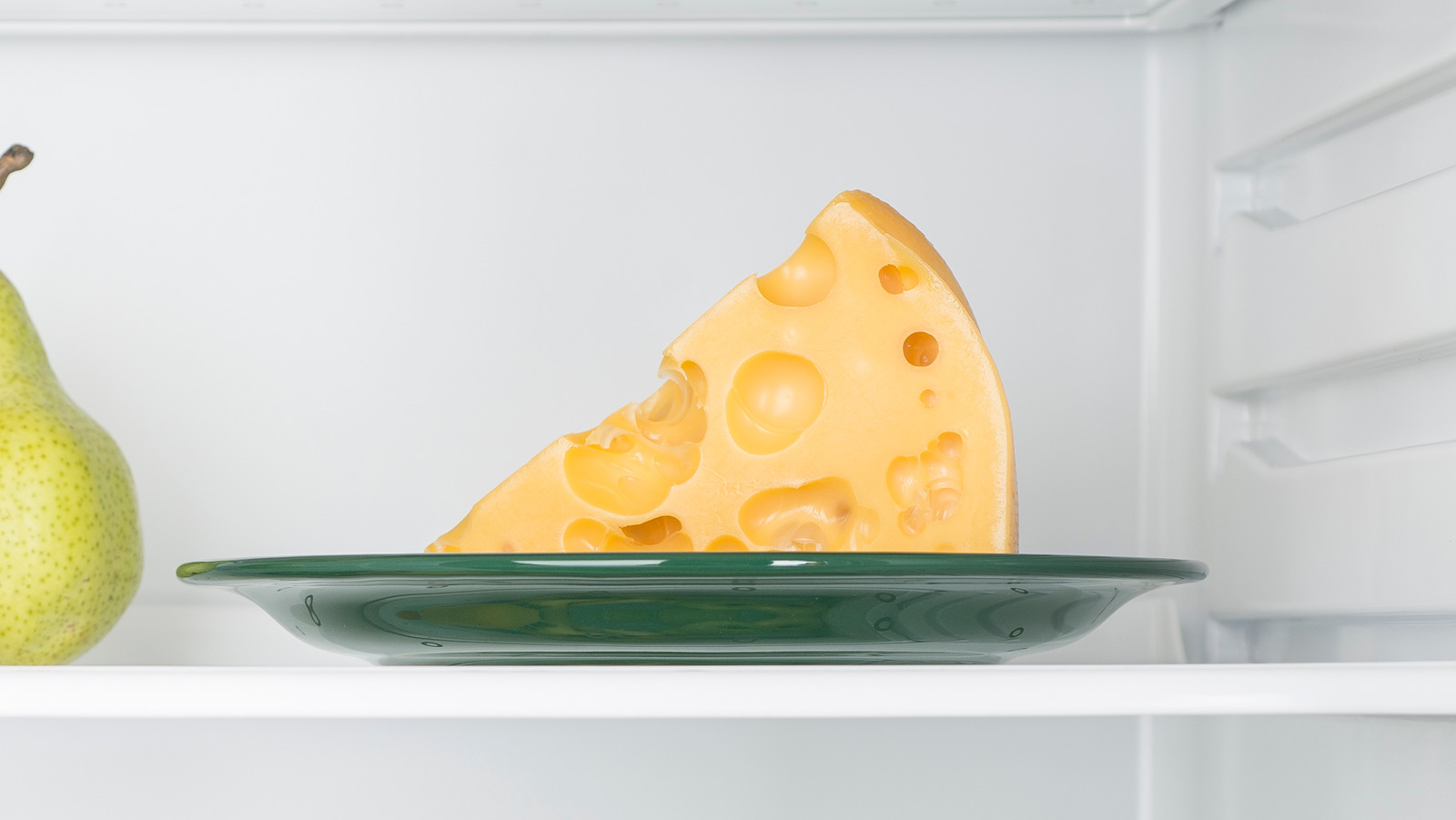
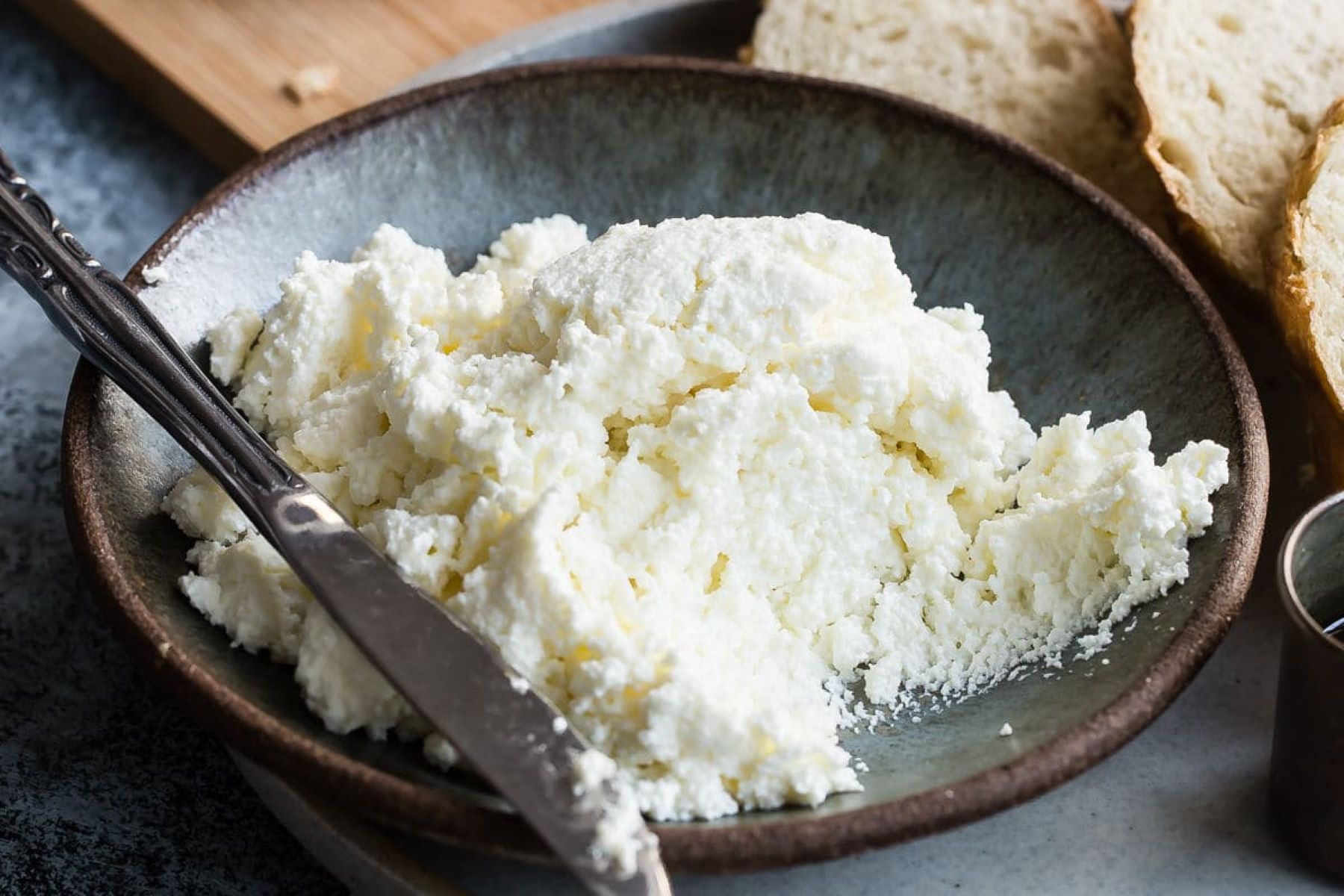
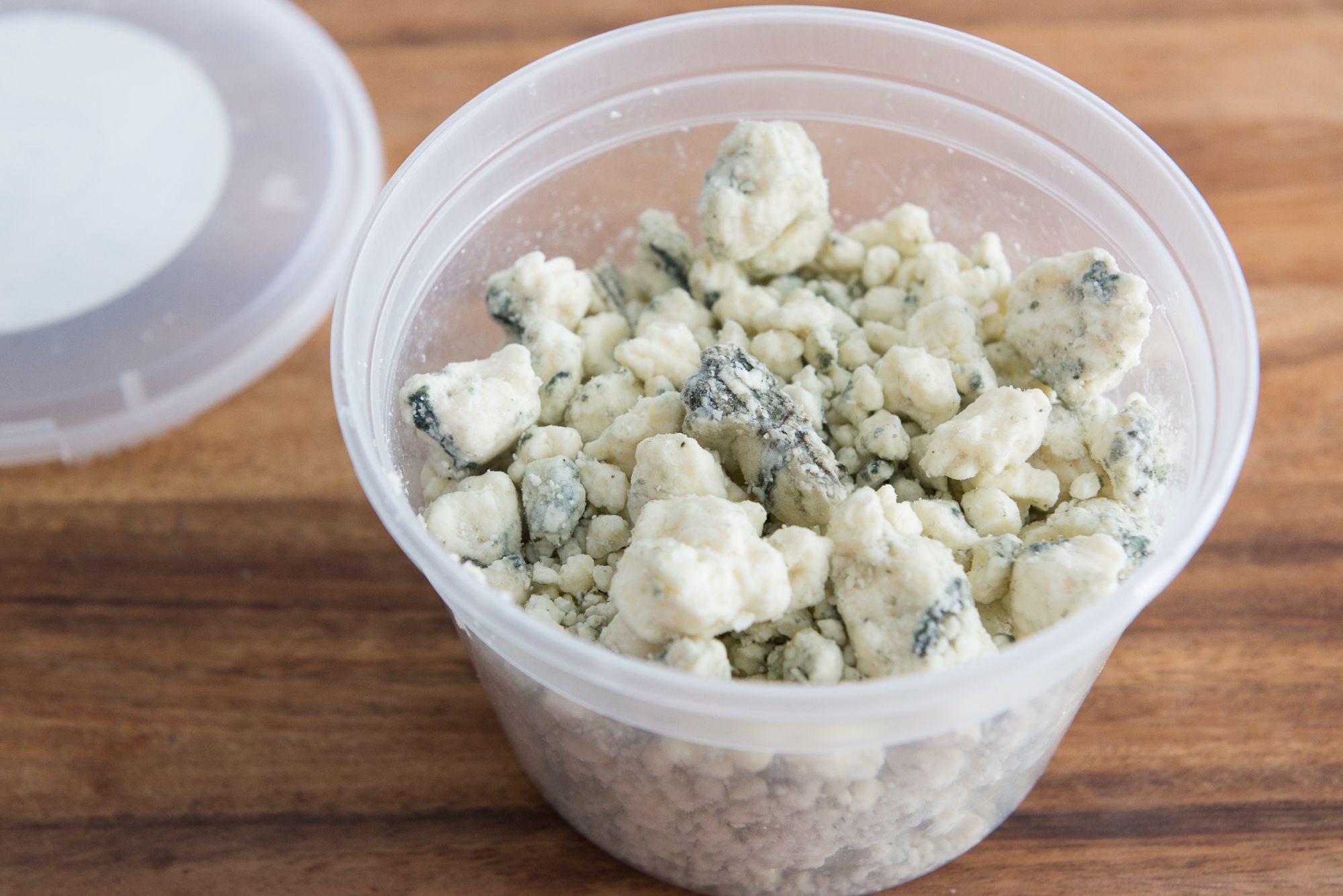


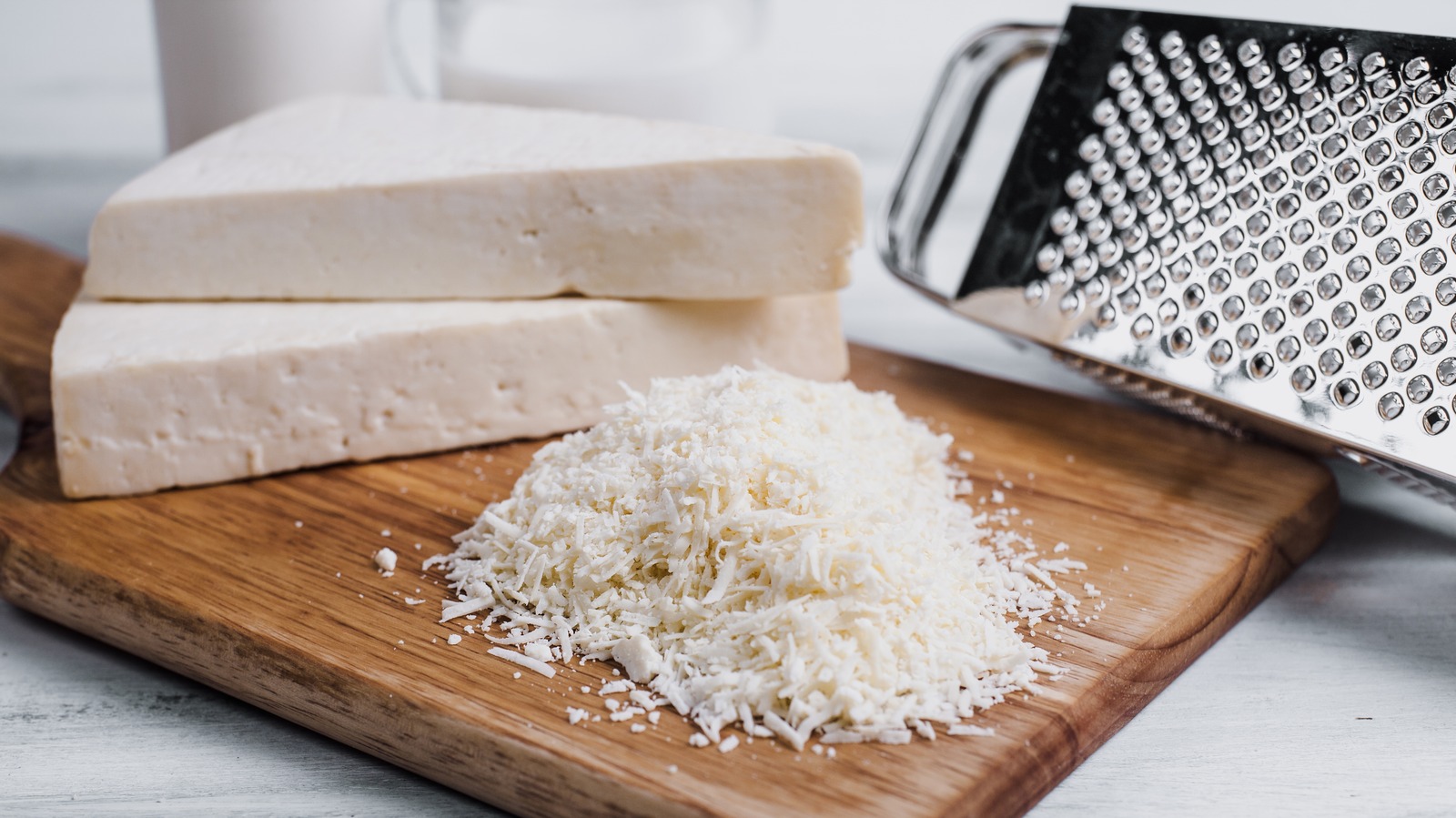

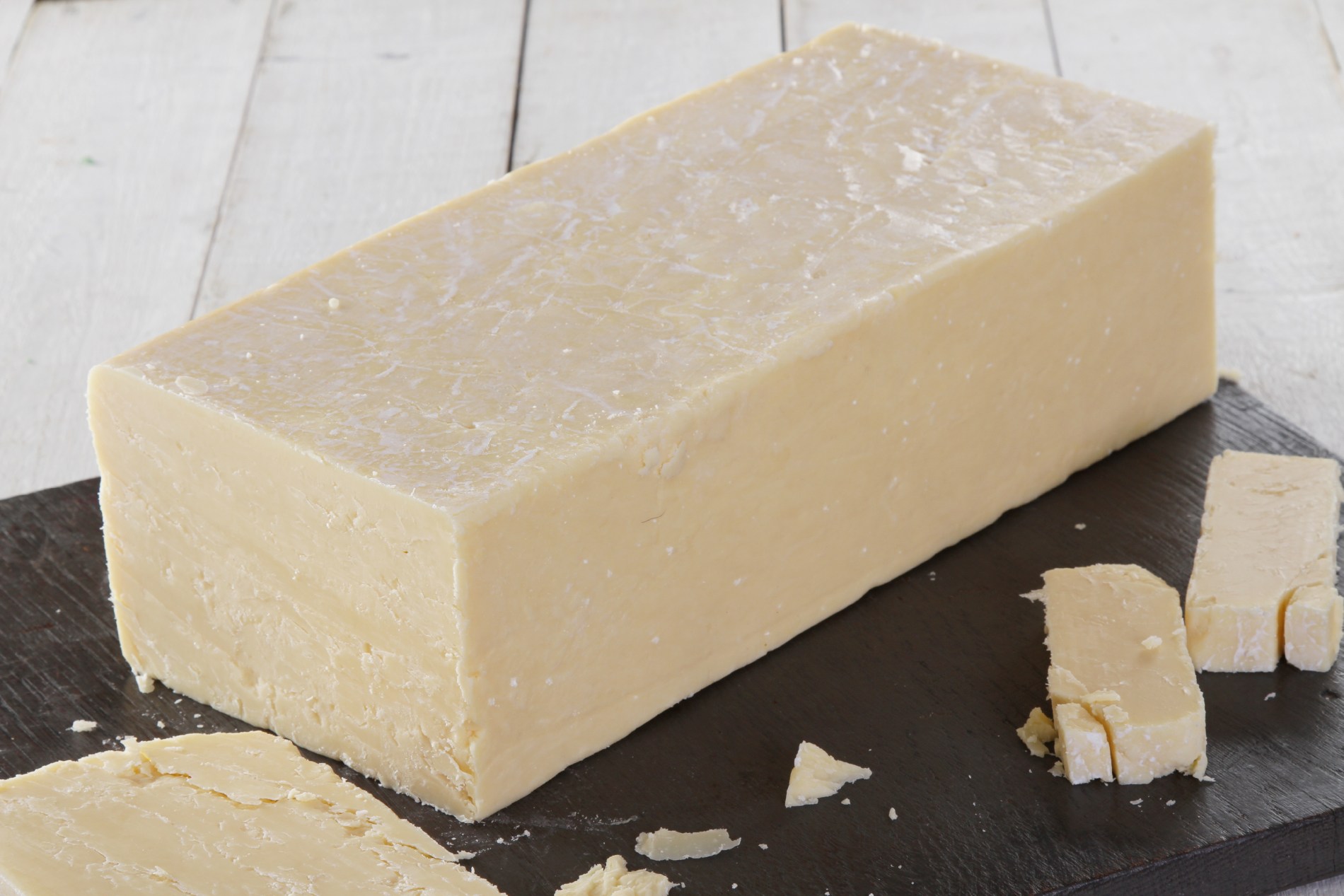
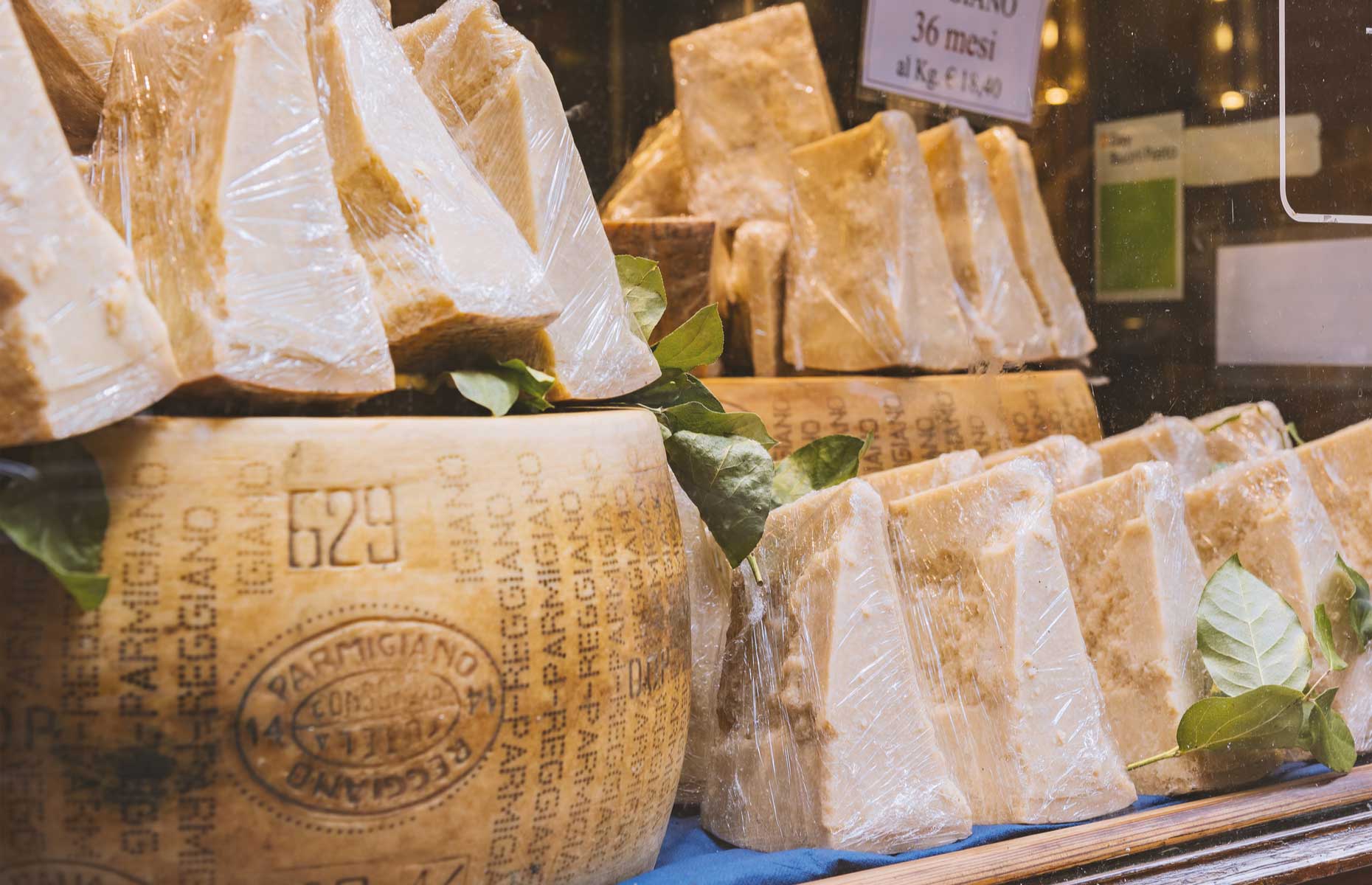


0 thoughts on “How To Store Hard Cheese”